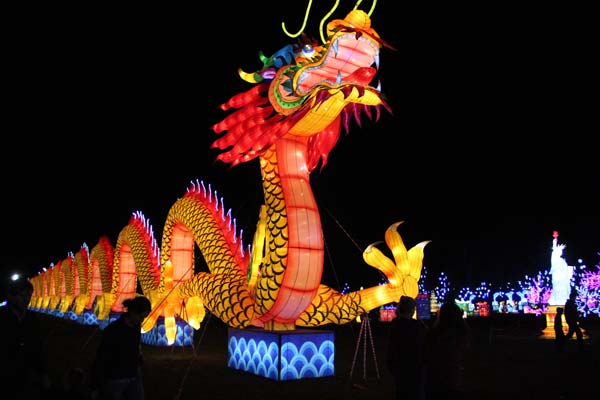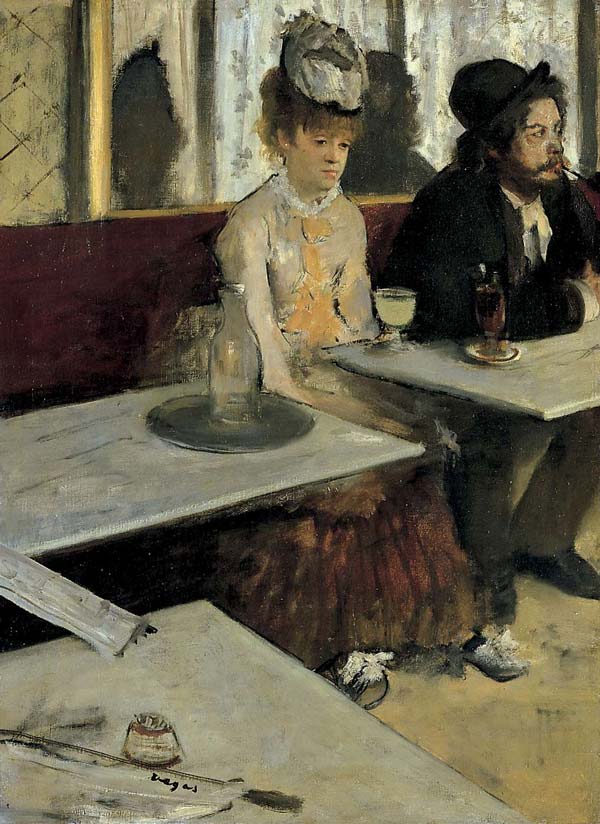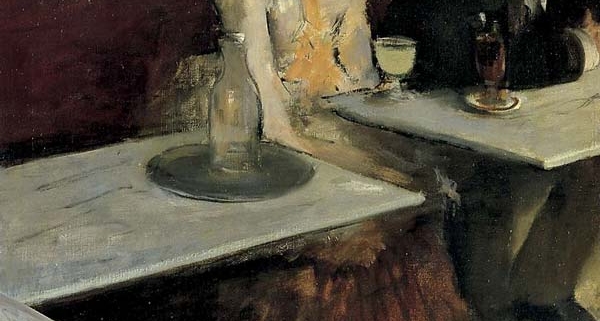Chinese Export Requirements and a Green Fairy Tale! – Testing Times Feb 2018
Chinese Exports requirements

We receive many requests for a variety of tests for wines destined for China. These vary amongst clients and we often find that we are doing special tests for some exporters and not others. Added to this are some unusual tests that have been requested by the Chinese authorities over the past couple of years, for example manganese.
The winemaking requirements for wine destined for China are explained in the Export Market Guide China 2017 which is available to licensed exporter on the Wine Australia website. Of particular interest is the mandatory alcohol statement. For wine exported to China, the tolerance for alcohol statements on labels ie: the difference between what is on the label and the actual alcohol content of the wine, is +/- 1%. (compared to Australia or other countries?)
Unusually, a sugar statement is also required on the label. Either the actual sugar content can be used, or the descriptors ‘dry’, ‘semi-dry’, ‘sweet’ etc. can be used. As the official method of testing sugar content used in China is a reduction reaction principle, it is advised that Rebelein or Lane-Eynon results are used.
The commonly and more accurately used method in Australia, that is the total of fructose and glucose, is typically lower than the reduction test result. The difference is typically 1 – 2 g/L.
The cut-off levels for the sweetness classifications are also a bit complicated as they are referenced against acid levels.
For example ‘dry’ wine is rated as: less than 4 g/L
Or up to 9 g/L if the total acid is within 2 g/L of the sugar
It is very important to get this right – and this includes ensuring the sugar result used is done by Rebelein or Lane & Eynon technique.
The best recommendation we can give is to talk to us about what you have been advised to have tested. And if there is any doubt, discuss this with the Export team at Wine Australia.
A Green Fairy tale
Absinthe was banned in many countries from the early 1900s due to the concern that it made drinkers ‘crazy and criminal’. The famous painting ‘L’absinthe’ by Degas from 1876 depicts Absinthe drinkers as ‘sodden and benumbed’. Being a green-coloured drink, Absinthe gave rise to the green fairy story – that the green drink caused green hallucinations and consequently drinkers of the brew came to be regarded as a menace to society. Not coincidentally this was also at the time the temperance movement was gaining sway around the world. The days of the popular green (rather than happy) hour in Paris were over.

L’absinthe by Degas 1876
Absinthe contains an extract from the herb wormwood (Artemisia absinthium). Thujone was determined to be the active ingredient from wormwood extract after this terpenic compound was discovered in the mid 19th century. As well as being in wormwood, thujone is also present in a number of plant species such as oregano, sage and mugwort.
It was believed at that time that it was thujone that caused hallucinations in absinthe drinkers. Based upon some fairly poor research the production of absinthe was banned for a number of decades from the early 1900s. To make matters worse, new research in the 1970s suggested that thujone had similar effects to tetrahydrocannabinol (THC), the active ingredient in cannabis. This relationship has now been disproved and thujone is not the evil pixie dust it was once believed to be. Levels of thujone in drinks, however, is controlled.
Due to the increased popularity of craft spirits there is a renewed interest in Absinthe as a drink. A client recently requested a test done for thujone in a spirits product he had made. This is a fairly straight forward analysis by GCMS (gas chromatography mass spectrometry).
So although the green fairy has flown, there are limits to the levels of thujone that are allowed in alcoholic drinks. In Europe it is 35 mg/kg for those drinks such as Absinthe that contain wormwood extract. In the USA the limit is lower.



